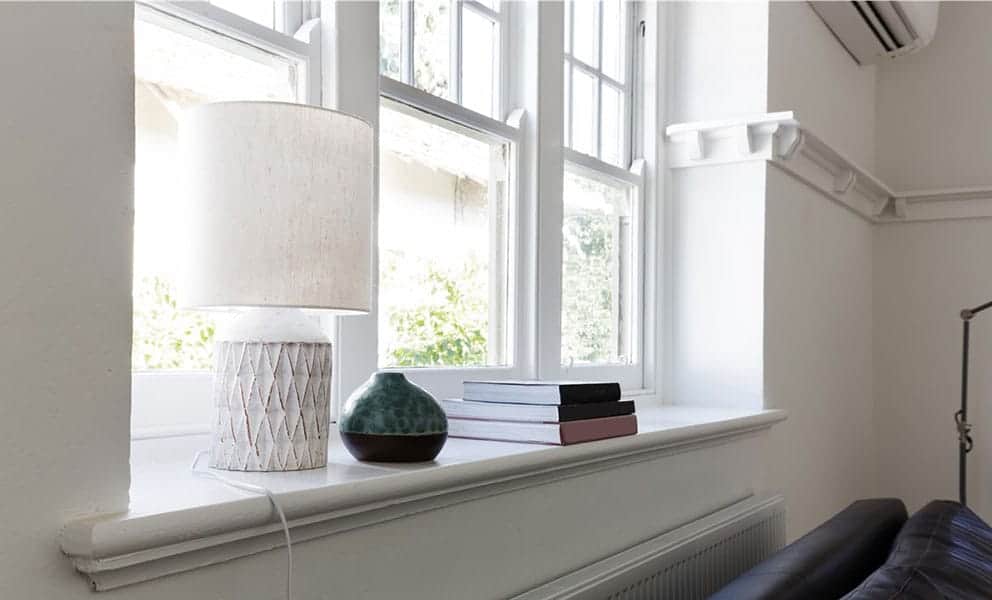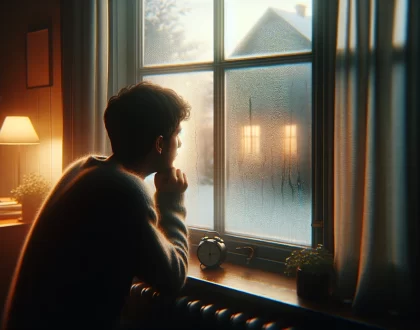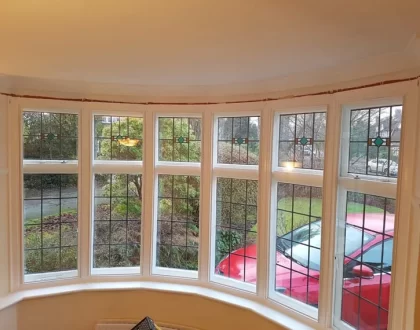What’s the Best Secondary Glazing for Sash Windows?

It can’t be denied that sash windows look good. Their traditional style is surprisingly versatile and appealing, making buildings more attractive and adding value. From country cottages to townhouses, with differing styles and designs, sash windows are a pleasing aesthetic addition to any home.
Letting in a large amount of light, they open top and bottom for great ventilation and a sliding feature lets you choose how much your window is open. Sash windows are safe and easy to use, as they can’t blow open or closed and are strong in structure.
However, they can have problems. In many cases, due to their age. Additionally, as one sash is always over the other when open, they are more susceptible to condensation, damp and mould compared to windows like double casements that can open fully.
Installing secondary glazing is an effective solution to this problem. But how can you ensure that you are using the best secondary glazing for sash windows? Read on to find out more.
History of sash windows
A sash window describes a window that isn’t held on a hinge. The frame that holds the window together is set into the wall of a property but allows for movement of the window, as there are two sashes attached that can slide vertically.
A traditional sash window is made of multiple square, glass panes, given that they originated at a time when large glass panels weren’t available. However, as the design has evolved over the years, many now consist of only one whole pane on each sash.
The earliest recorded specification of a sash window was in the late 16th century. Sir Christopher Wren, the architect of St Paul’s Cathedral, endorsed the idea conceived by his master joiner, Thomas Kinward, making sash windows extremely popular in high society.
Chatworth House, Kensington Palace and Hampton Court Palace were all soon fitted with sash windows and the royal patronage elevated them to new heights. Sash windows were used almost exclusively in every new building.
Throughout the Georgian, Victorian and Edwardian periods, sash windows remained strong in popularity. Their design evolved over the years with the number of glass panes increasing and more high-end homes using a stained-glass design on the upper piece.
It was a massively popular choice that lasted until World War 1. As the economy changed and families struggled, sash windows decreased in popularity, due to higher labour costs in comparison to mass-produced wooden or metal casement windows.
However, with sash windows currently one of the most common types of window in the UK, it’s clear that people can’t get enough of the quintessential British look for the façade of their homes. This means that secondary glazing has become essential to keep homes protected from the elements.
Why your sash windows need secondary glazing
Most period dramas can advertise sash windows as being the ultimate in heritage style and elegance. What they are likely to miss out however, are the problems that can occur with this type of window and frame. In particular, with windows on older homes as they are often single-glazed.
The problems include –
- Poor soundproofing – noisy neighbours, road noise, barking dogs. This can lead to bad sleep which can cause poor mental and physical health.
- Bad thermal insulation – heat passes through with ease. A cold home leads to more frequent use of your heating system, which in turn increases your bills.
- Weak security – put simply, they’re easy to break through. Single-glazed sash windows are vulnerable to break-ins, as the older designs and glass panes aren’t made from toughened glass.
So, what is the solution? Something that doesn’t affect the structural integrity of your window frames, but gives you good insulation, ventilation, a secure window frame and good sound proofing. Secondary glazing is the process of adding another pane of glass to your window frame to help with all of these problems.
How does sash secondary glazing help?
There is a multitude of positive reasons why secondary glazing will help with sash windows. Let’s take a look at some of them –
- Soundproofing – as wide a gap as possible is created between the two glazed panels to keep noise to a minimum. Specialist acoustic insulation gives the maximum soundproofing effect with a gap of at least 100mm between both panes.
- Thermal insulation – keep your home as warm and cosy as possible and improve your energy efficiency by up to 60%. Further enhancements are available through using Pilkington or Low E (Emissivity) glass which prevents heat escaping.
- Ventilation – condensation is an irritating problem that can lead to worse problems. Insulating through a second pane of glass will raise the temperature of your windows to stop condensation in its tracks.
- Security – using toughened glass in your secondary glazing will make it much harder for intruders to break into your property. Single glazing is not much of a barrier, but secondary glazing can make a big difference to your home security measures.
- Keeping your desired style – preserving the appearance of your sash windows is a massive benefit when using secondary glazing, as it doesn’t impinge or alter the look or style you love.
What’s the best secondary glazing for sash windows?
Vertical sliders are an excellent choice when looking at sash secondary glazing options. The system works extremely well with sash windows and has been designed for that very purpose – with smooth movement and durability for decades of use.
It has a pivot of 18o°, which is an important feature when considering fire risks, as well as being a useful angle for cleaning and maintenance. And if you’d rather DIY it, the vertical slider option is available as a fully-assembled, pre-glazed kit you can install yourself.
Sash secondary glazing from UK suppliers
If you’re looking for the best secondary glazing for your sash windows, it’s hard to see past Clearview. With over 20 years of industry experience, we can help you choose the right products for your windows for optimal performance.
That’s topped off with a choice of professional installation for properties within 50 miles of our Sheffield head office or top-rate DIY kits that come pre-assembled and ready to install.
If you’d like to know more, why not get in touch with our helpful team? Give us a call on 01142945018 or email at [email protected]
Recommended Posts

How can I stop condensation?
06/02/2024


